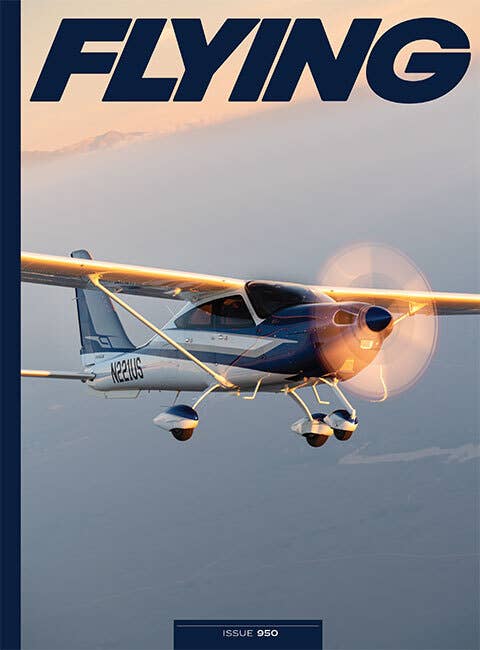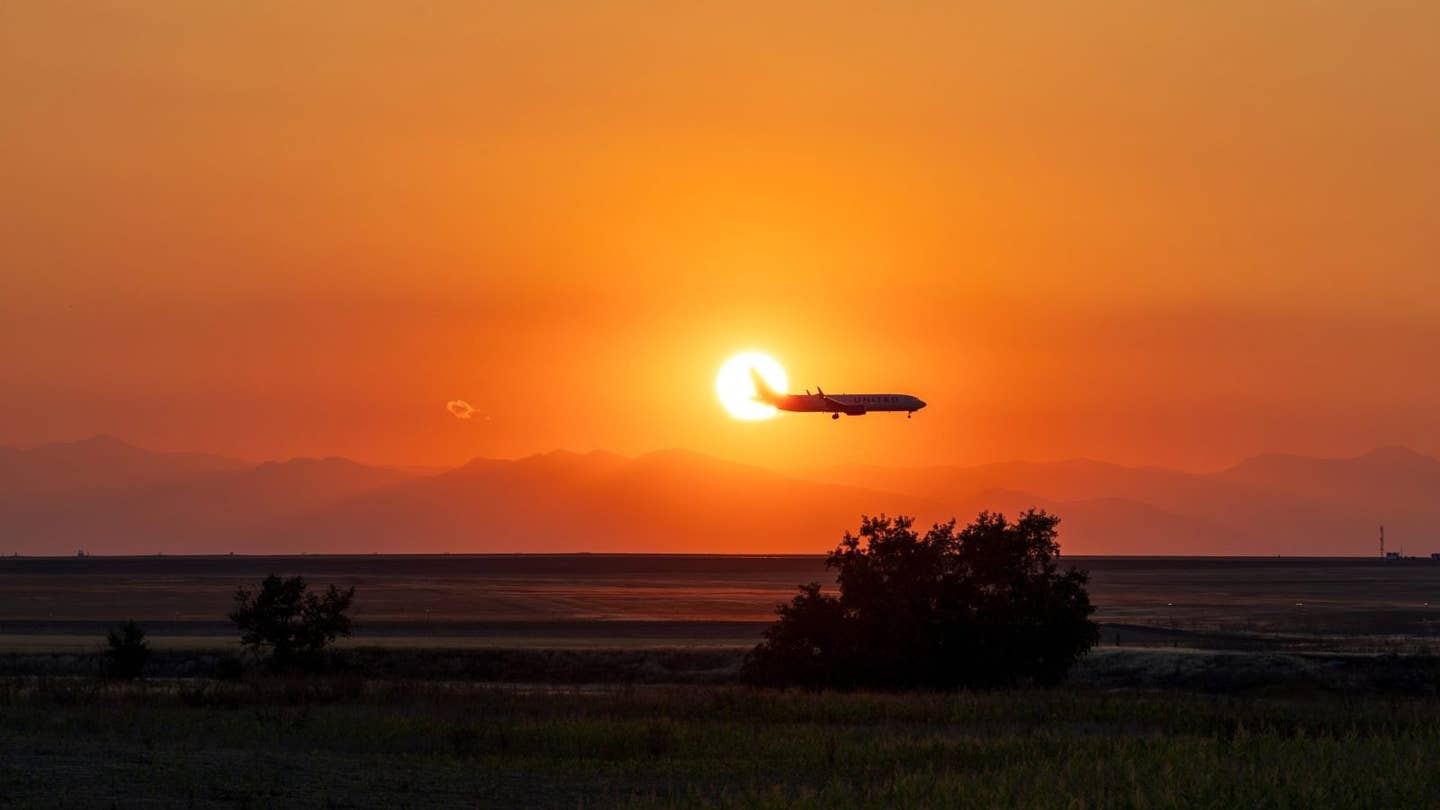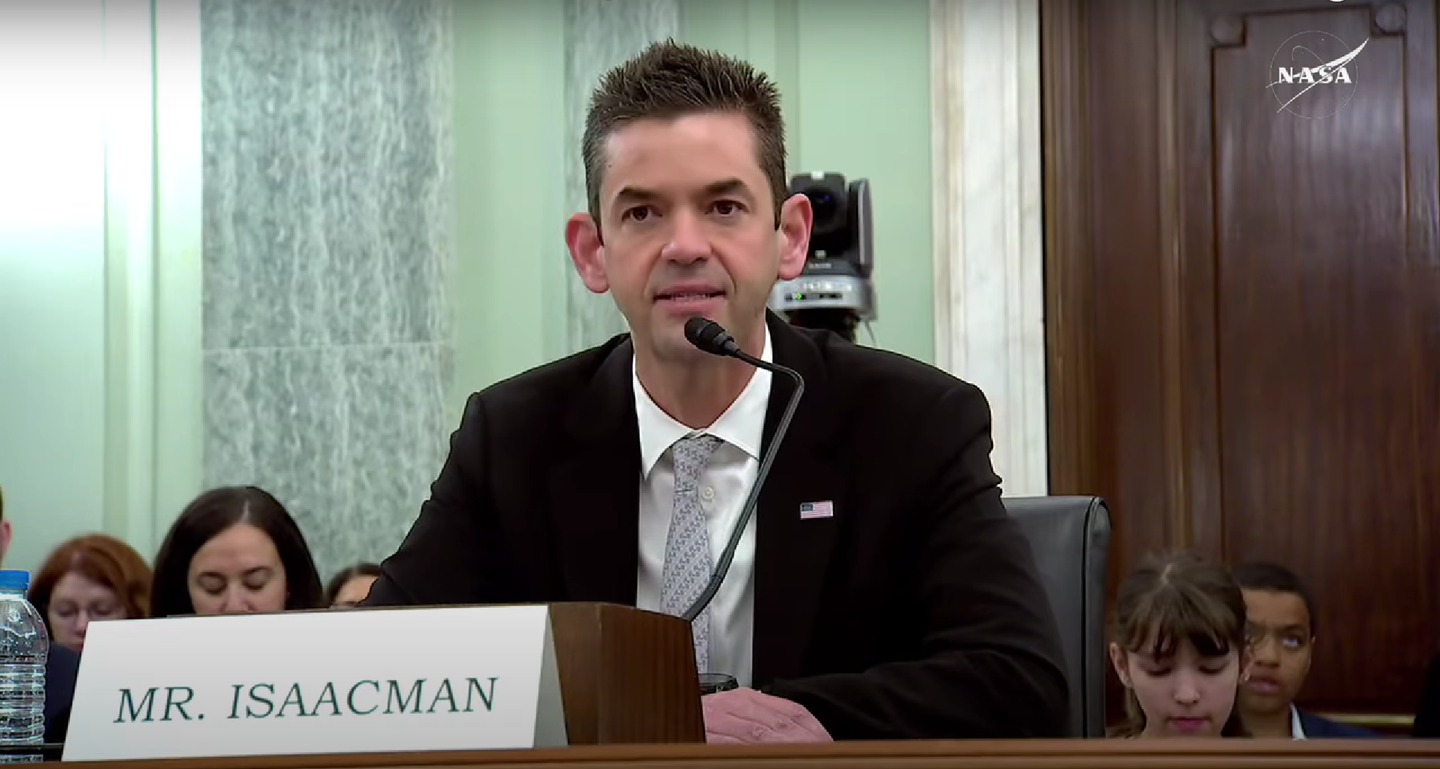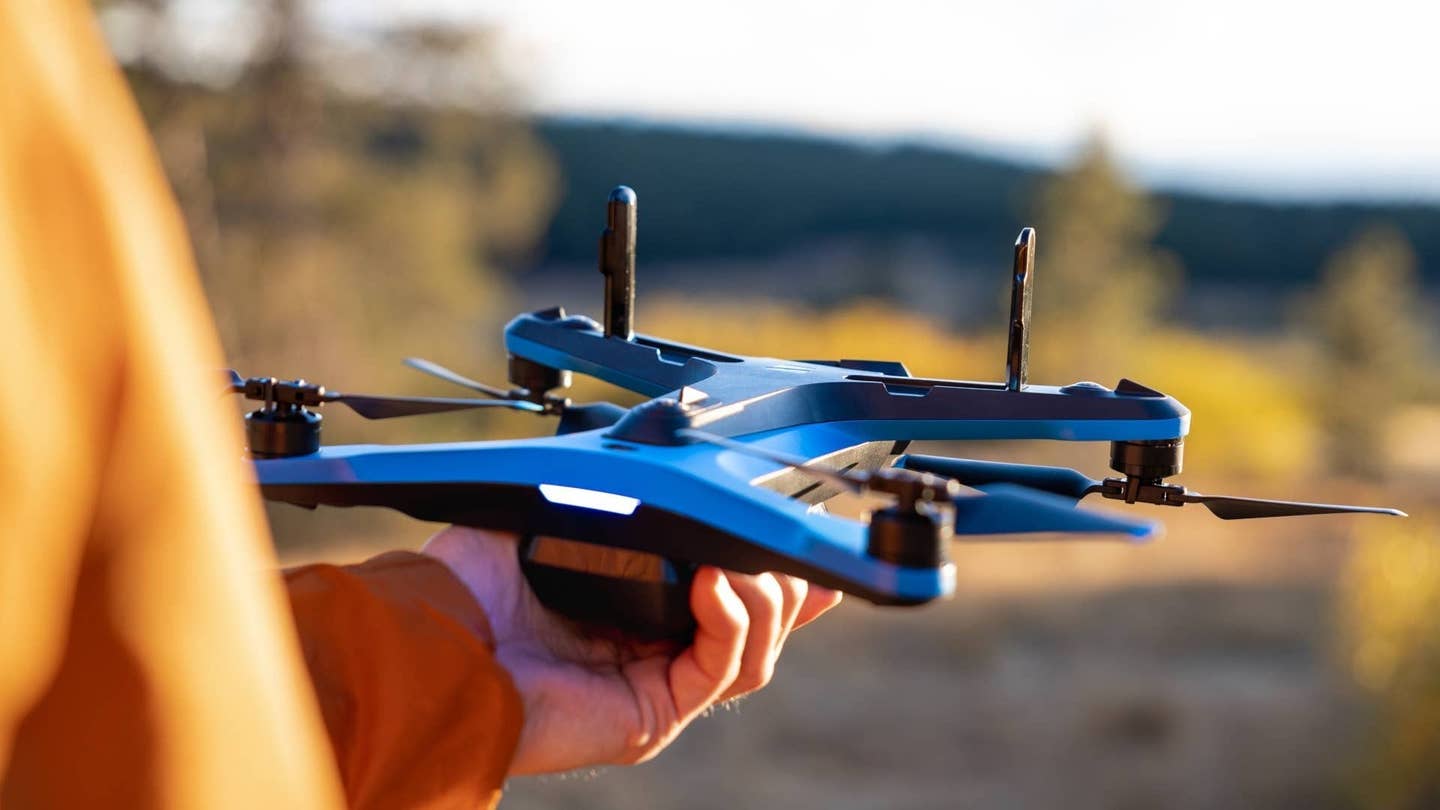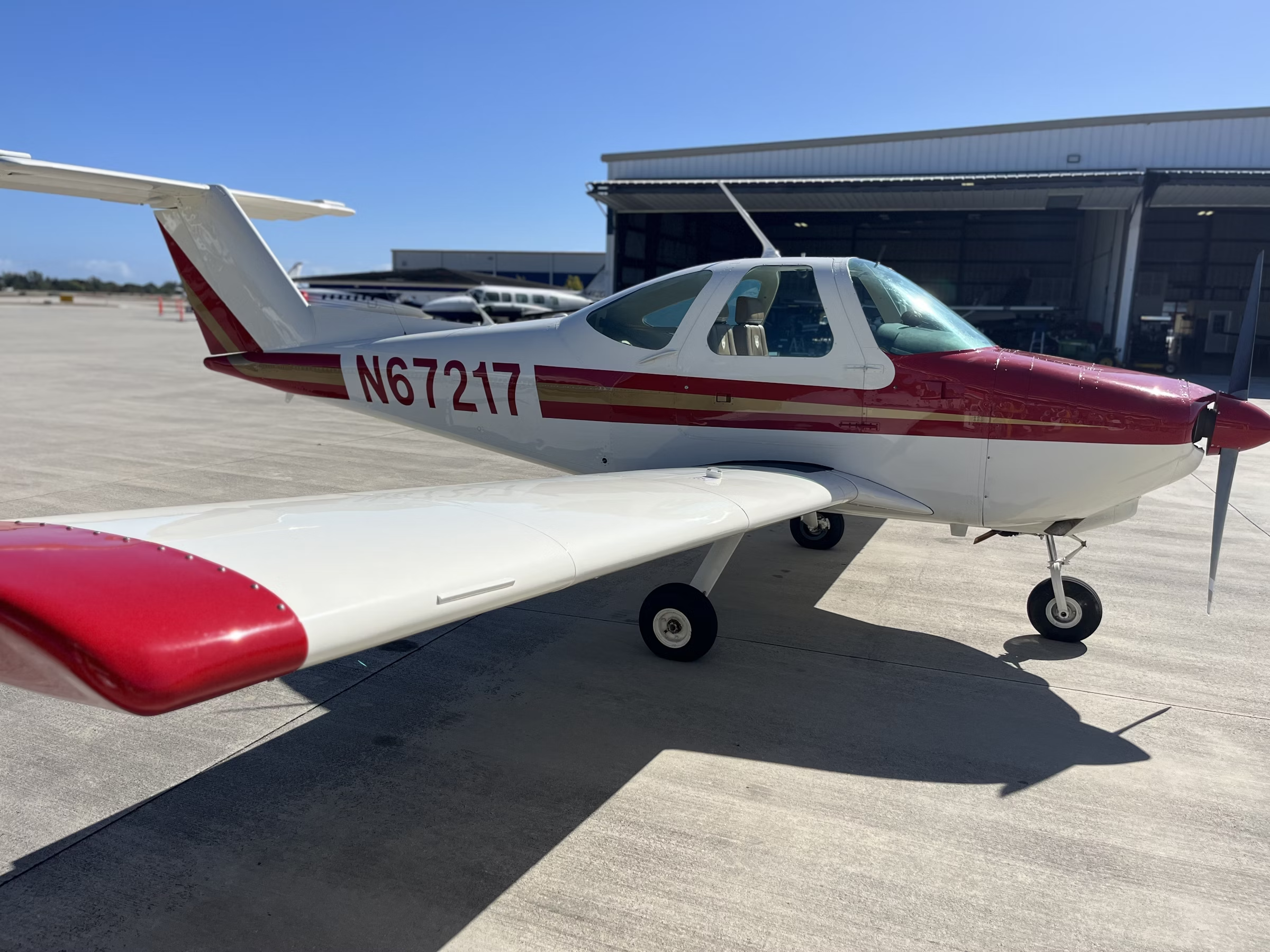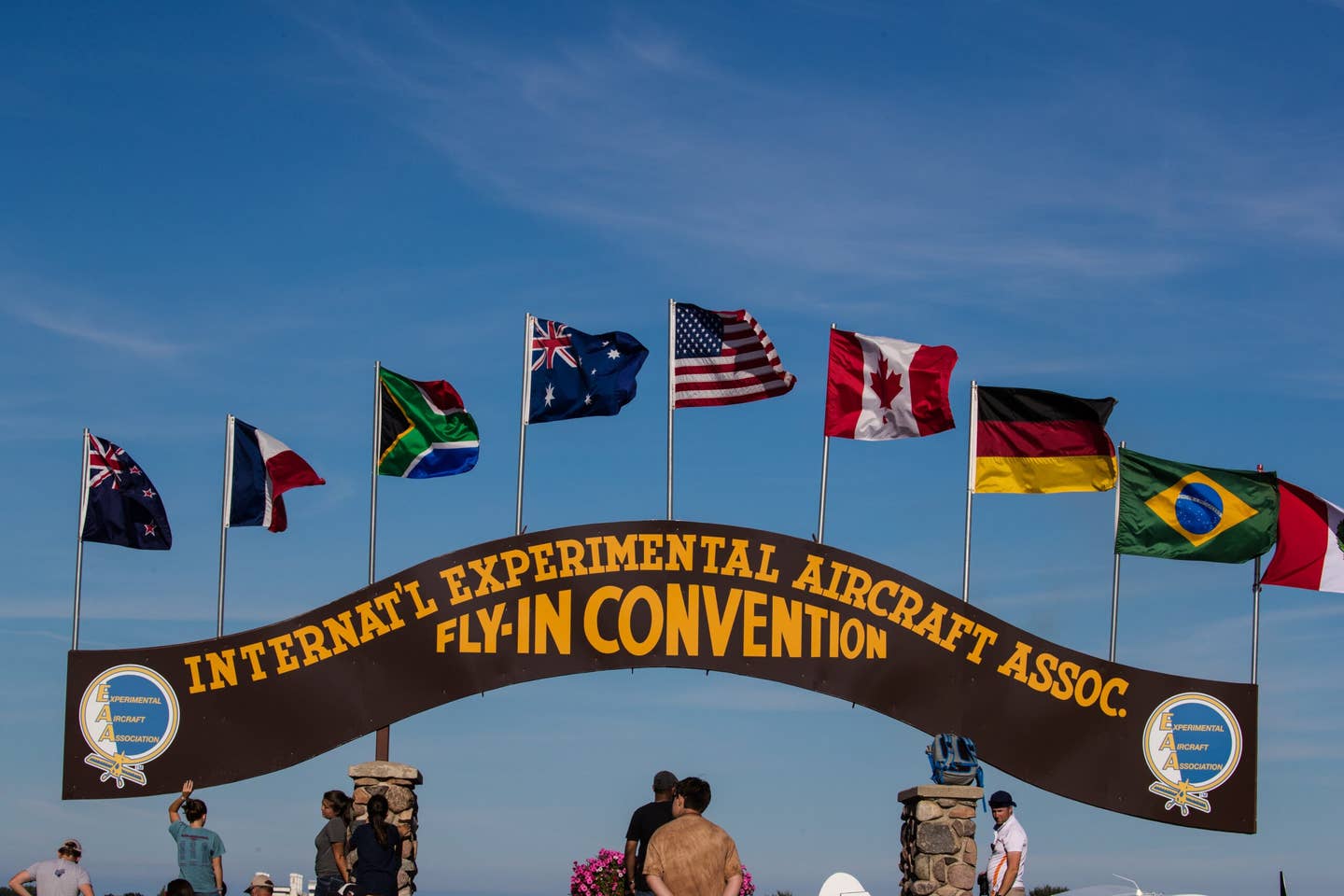Inspections, Violations, and Breaking the Law
A longtime pilot recalls that first ‘criminal’ offense.
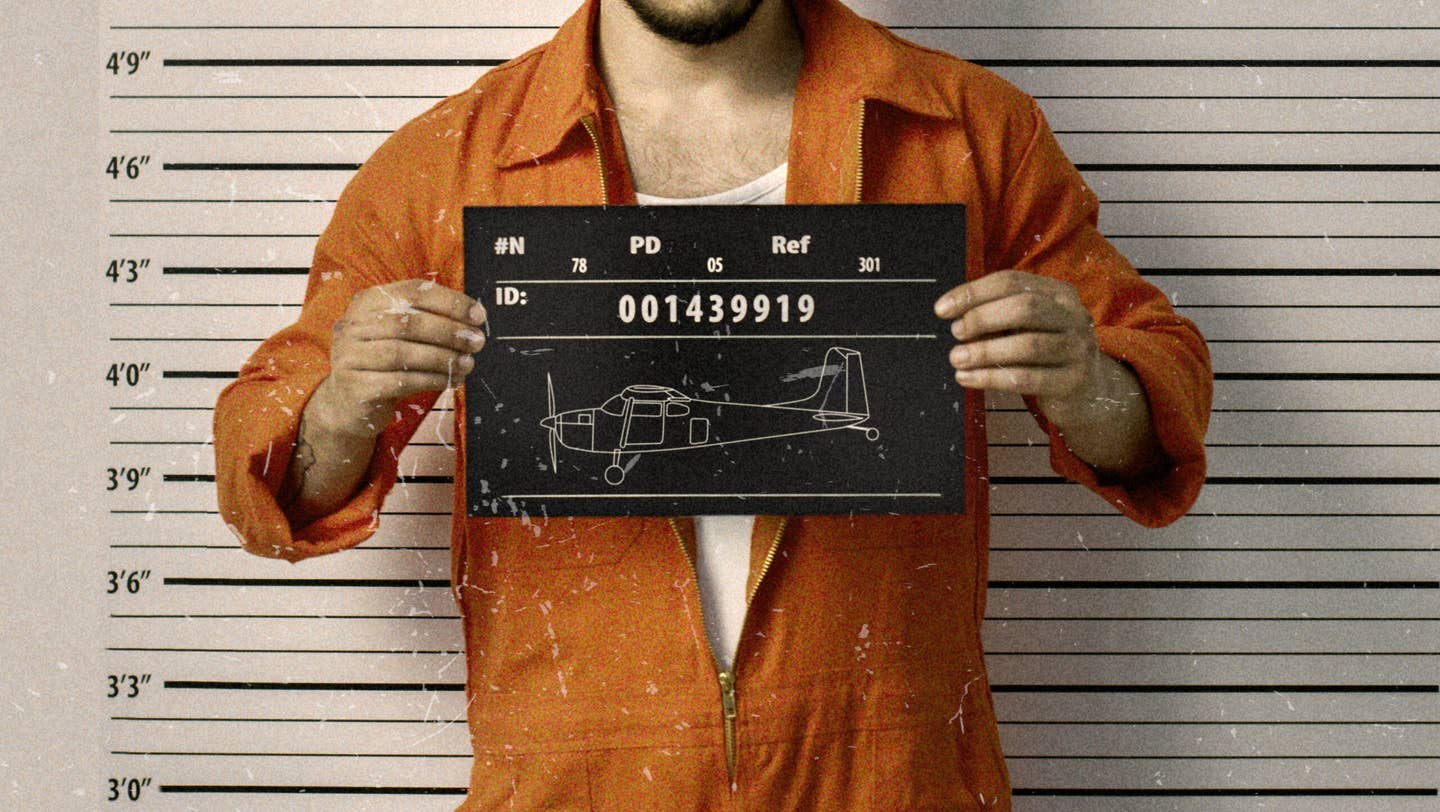
Rarely are violations turned over to the DOJ by the FAA. [Adobe Stock]
It would be interesting to take a poll to see how many of us have been subjected to an FAA ramp check. I’m willing to bet it would be a very low number because this relatively rare occurrence is usually delegated to brand-new hires who really aren’t qualified to do much else.
I guess it was a ramp check which was my first job when I was a fledgling inspector at the Chicago Air Carrier District Office. A middle-of-the-night phone call dispatched me to an air carrier ramp at O’Hare (KORD) because one of United’s Caravels (I think) had no compass correction card mounted in the cockpit—a discrepancy that would severely compromise the safety of its scheduled flight to New York or somewhere.
If you're not already a subscriber, what are you waiting for? Subscribe today to get the issue as soon as it is released in either Print or Digital formats.
Subscribe NowThank the Lord, somebody found a crumpled card on the floor that I suspect may have been hastily created. With a stern message to mount it as required on the back of the cabin door or some equally obscure place, I sent United off in the night and went home to bed. The cost to the taxpayers in overtime and time spent documenting this activity the next day had to be awesome.
Being something of an expert on the subject of FAA violations involving pilots, mechanics, or certificate holders (Parts 121, 135, etc.), I’m still hazy about when a Department of Transportation proposed administrative action (fine, suspension, revocation, etc.) involving FAA-licensed “airpersons” is instead referred to the Department of Justice for civil prosecution.
- READ MORE: Recalling the Rogue Inspector
For sure, the FAA ordinarily recommends legal enforcement action in cases where a certificate holder exercises the privileges of their certificate while under the influence of drugs or alcohol, or where an aircraft is used in the commission of a criminal offense. In addition, FAA administrative actions may also be imposed.
My first “criminal” experience hit close to home. It involved an engine company that sold a cylinder assembly to a certified, “freelance” mechanic who worked for the previous owner of my newly purchased Cessna 180. He purchased the cylinder assembly from a startup company that had split off from T.W. Smith Engines at Lunken Airport (KLUK) because of disgruntled employees’
demands.
When the cylinder was installed and I test-flew my “new” 180, the oil temperature rapidly headed out of sight. The mechanic who bought and installed it and the previous owner accused me of not running the engine hard enough. Back up, with the previous owner aboard, the temp quickly pegged at the top of the red line and the pressure was dropping. I had stayed over the airport and quickly got it on the ground.
- READ MORE: Mac’s Air Service Has Come a Long Way
Tearfully, I called my friend, T.W. Smith, and his guys found that the other engine company had sold the mechanic a chrome cylinder with chrome rings. That obviously doesn’t work, and there was chrome throughout the engine. We pulled the engine, and I had words with both the mechanic and the shop that had sold him the parts. The new shop owner promised to overhaul the engine, and I agreed to buy six new cylinders from Continental. We agreed on a price. This engine company had less than a sterling reputation, but the airworthiness guys in our Flight Standards District Office (FSDO) said they’d keep an eye on my engine during the overhaul. The shop was located across town on a drag strip.
Meanwhile, there were a growing number of complaints from other customers, and it was no secret that the company was in financial distress. Shipping deliveries were on a COD basis, and it was FedEx or UPS policy to deliver a package to the addressee but return it to the terminal downtown if payment wasn’t made on delivery. This could go on for three business days before the package was returned to the sender. But a friendly delivery driver agreed to leave the package all day at the shop, assured they’d pay him when he returned that evening. If not, he’d take it back downtown.
- READ MORE: Flying Tales of Flamingos and Waterfalls
Sometimes they could come up with the charges on the first delivery day, but often it went back and forth for two or three days before they had enough cash. On one memorable occasion, a big box of engine parts went back to the manufacturer after two days. You can imagine the shipper’s surprise when they opened their cartons to find total junk…old, used parts, bricks, and heaven knows what else.
Meanwhile the big guys—FBI, Department of Commerce, Department of State, Department of Defense, and a variety of “locals”—were descending on the errant engine facility. It seems the owner had been shipping orders to customers overseas, with wrong or used parts. There were some equipment failures and lawsuits, and a great big (federal) boom descended. The owner was indicted by the Feds and eventually convicted.
But, before that, “72B” had a newly overhauled and fine engine. I was a little apprehensive about the work they’d performed, but the truth was most of the guys who worked there were knowledgeable, and our FAA guys had kept an eye on the work. The shop owner was all apologies (although the real culprit, I guess, was the part-time mechanic who had accepted and installed the wrong cylinder assembly). Anyway, we had agreed on a price for the work, factoring in that I’d bought the new cylinders from Continental.
A friend who worked for the shop hauled the engine to Lunken and installed it on the 180. I called the owner to confirm I was sending him the price we had agreed upon—no more than $10,000.
“Well,” he said, “You’ll understand there turned out to be considerably more work than we anticipated…You know how those things go. It’ll be $15,000.”
“No, I don’t know how those things go. We made a firm agreement about what I would owe you to overhaul that engine, involving removal of all the chrome pieces and other junk that had migrated into everything including the propeller!”
He reluctantly agreed and then, a few months later, the shop closed and eventually the guy went to jail.
Rarely are violations turned over to the DOJ by the FAA (Department of Transportation), but I can tell you about a few others. Thankfully, not maintaining a legal distance from persons or property—like flying underneath a bridge—usually isn’t considered a criminal offense. But it’s a sticky wicket, and some careless and reckless charges or those involving examiners who sign off pilots for certificates or ratings can put the alleged offender in front of a judge.
I’ll tell you more about that later…and it’s sad.
This column first appeared in the February Issue 955 of the FLYING print edition.
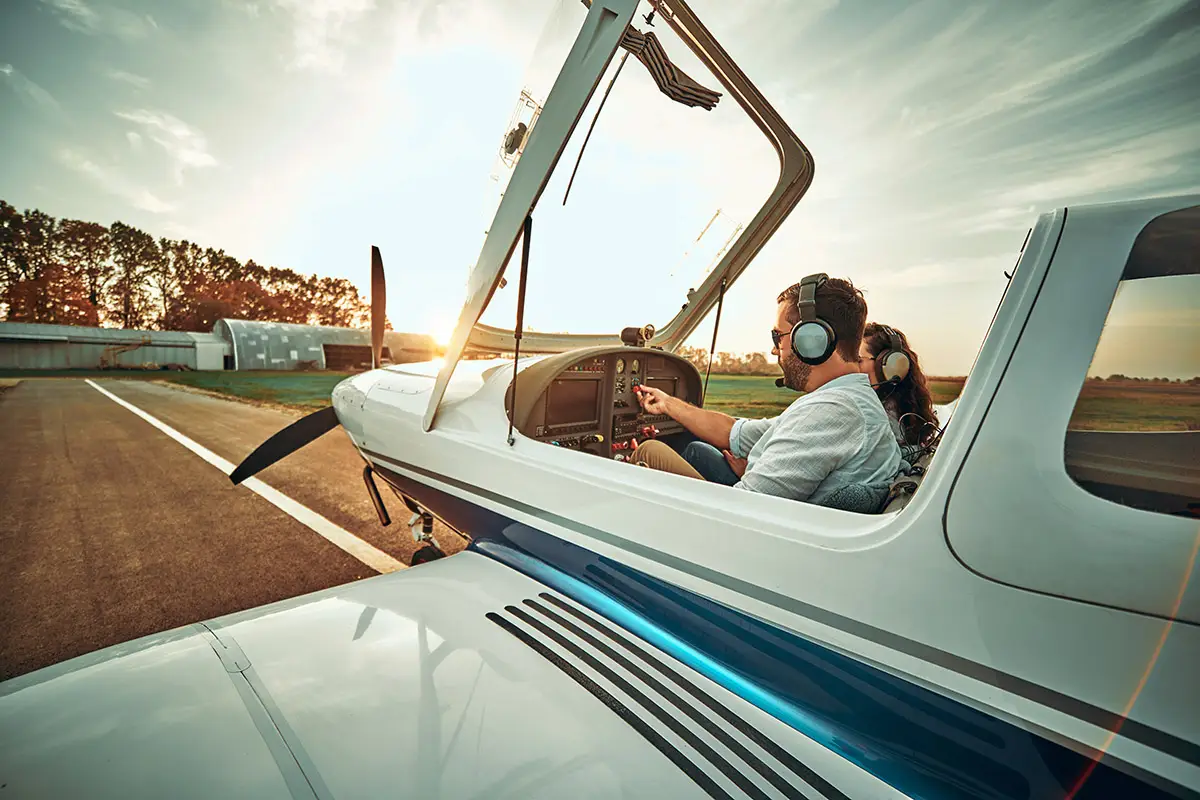
Sign-up for newsletters & special offers!
Get the latest FLYING stories & special offers delivered directly to your inbox

